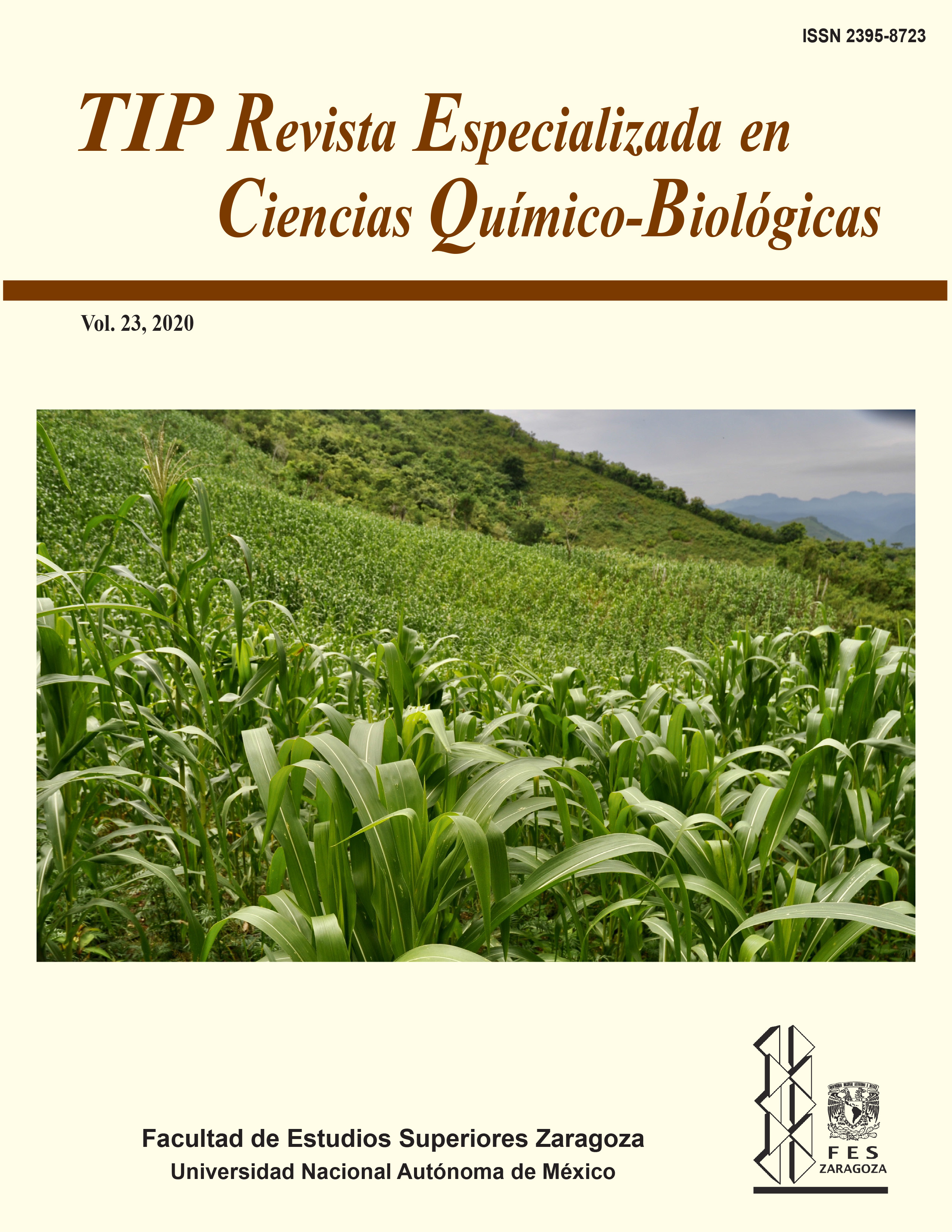Abstract
Aloysia sonorensis, a perennial plant from the southern coast of Sonora, Mexico, known as “Mariola”, has been used to treat different diseases such as cold, fever and stomach aches. Furthermore, some species of the Aloysia genus have shown anti-proliferative activity against cancerous cell lines. Thus, the aim of the present work was to determine the anti-proliferative activity of Aloysia sonorensis extracts against cancerous cell lines and to identify the compounds responsible for such activity. The aerial parts were extracted with methanol which in turn was further fractionated with organic solvents. The methanolic extract and its fractions were screened for cytotoxic activity, using the MTT assay, against different cancerous cell lines. The FH12 subfraction displayed selective cytotoxicity with IC50 values of 2.84 and 12.12 µg/mL against RAW 264.7 and HeLa cancerous cell lines, respectively. Similarly, FH22 subfraction showed IC50 values of 6.32 and 13.87 µg/mL against M12.C3. F6 and HeLa cancerous cell lines, respectively. Moreover, the FAc1 displayed IC50 values of 9.42 (RAW 264.7) and 8.93 (M12.C3.F6) µg/mL. Piperitenone, a monoterpene, was identified during the bioactivity-guided fractionation.TIP Magazine Specialized in Chemical-Biological Sciences, distributed under Creative Commons License: Attribution + Noncommercial + NoDerivatives 4.0 International.



